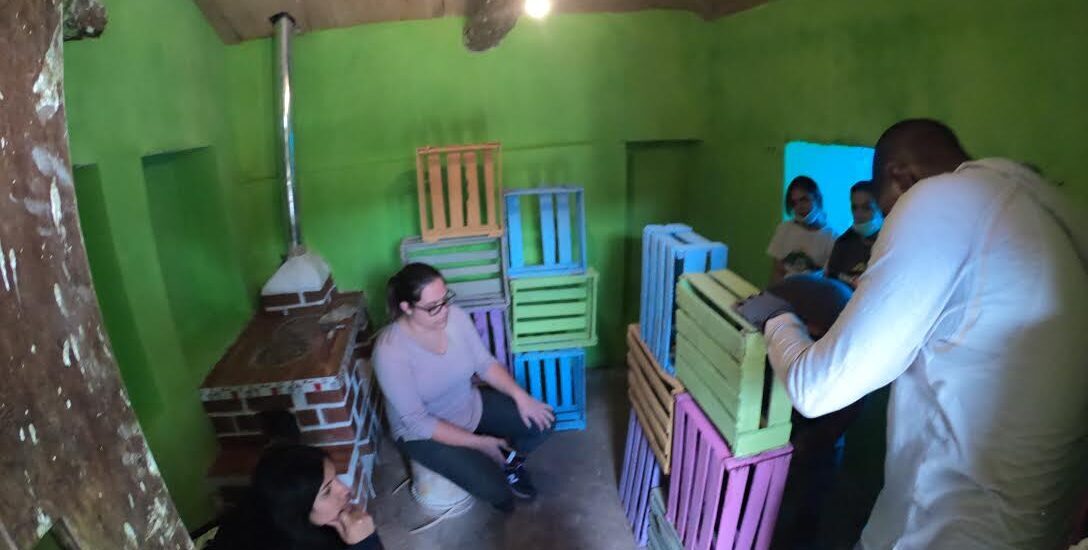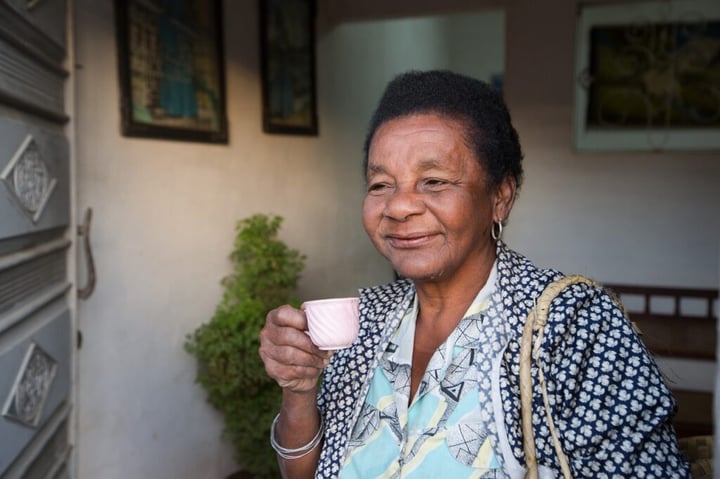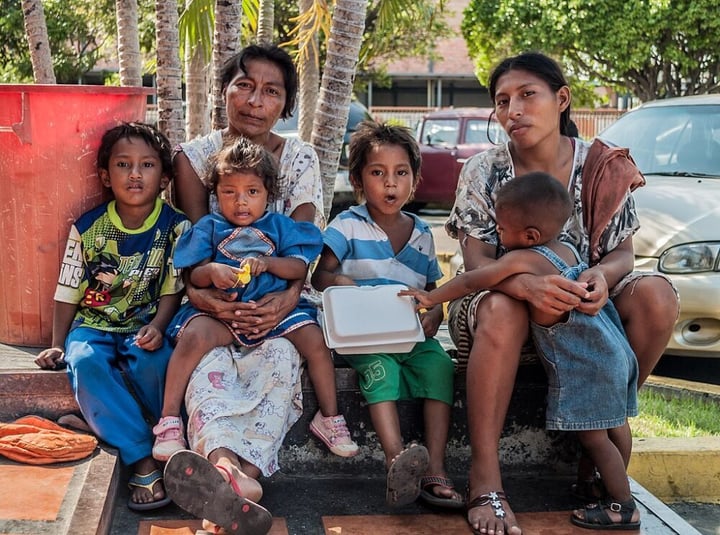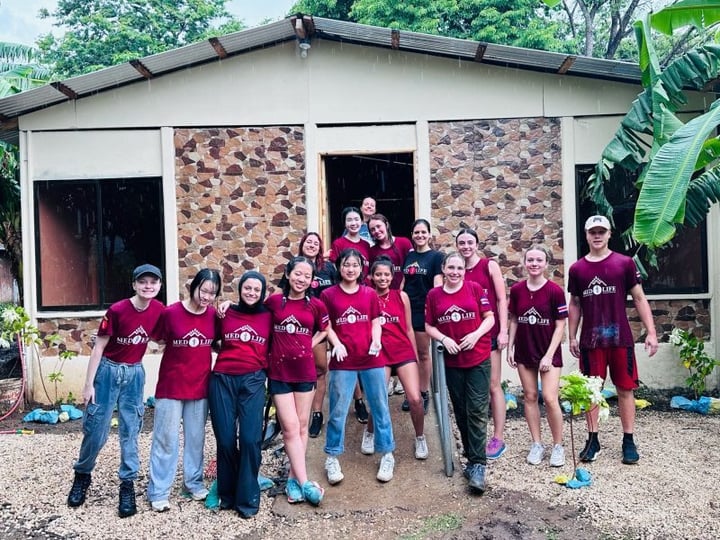
How Safe Homes Prevent Domestic Violence: Resources and Support
Creating safe homes is critical to helping prevent domestic violence and breaking the cycle of abuse that many victims experience. A secure, stable home can serve as both a refuge and a foundation for individuals seeking to escape abusive situations. It can also help prevent the escalation of violence by addressing factors like housing insecurity, which often trap victims in dangerous environments.

The Role of Safe Housing in Preventing Domestic Violence
Safe housing is an essential component in the fight to prevent domestic violence. Victims often stay in abusive relationships because they lack the financial resources or housing options to leave. Without access to secure housing, many feel trapped, unsure of where they can go to escape the violence. Safe housing provides not only physical shelter but also emotional security, offering victims a place where they can start to rebuild their lives without the fear of returning to an abuser.
For survivors of domestic violence, secure housing enables them to separate from abusive partners and establish a new sense of autonomy. This safety net reduces the chances of re-entry into the cycle of abuse, which often occurs when victims feel they have no alternative but to return to their abuser. A lack of affordable housing is one of the top reasons why survivors remain in harmful situations, underscoring the need for a robust system of safe homes to address this crisis.
Safe homes also provide an environment conducive to healing. Domestic violence leaves deep emotional and psychological scars, and having a secure place to live allows survivors to focus on recovery. Access to community resources and counseling services becomes much easier when victims are no longer in a crisis mode, worrying about where they will sleep or if they will be safe. As one study suggests, stable housing significantly impacts the mental well-being of survivors, helping them regain control over their lives .

Breaking the Cycle of Abuse
The cycle of abuse often perpetuates itself when victims feel they have no way out. This cycle, characterized by patterns of escalating violence followed by periods of calm, can leave victims feeling powerless. Over time, many come to believe that abuse is inevitable, creating a sense of hopelessness.
Breaking this cycle requires more than just removing the abuser from the home. It necessitates the establishment of safe homes where victims can begin to rebuild. For many survivors, leaving an abusive relationship is just the first step. They need a safe place to live, financial stability, and access to supportive services to avoid falling back into the cycle. A secure home environment offers a critical foundation for moving forward and breaking the patterns of abuse.
Children who grow up in abusive households are particularly vulnerable to becoming either victims or perpetrators of domestic violence later in life. Ensuring they have access to safe, stable housing can disrupt this generational pattern. Studies show that housing insecurity can have long-term effects on a child’s emotional and mental health, contributing to issues like anxiety and depression. Providing a secure home can help protect children from these negative outcomes and offer them the stability they need for healthy development. To learn more about the impact of housing insecurity on children, visit our article on The Effects of Housing Insecurity on Children.

Addressing the Barriers to Safe Housing
Despite the clear importance of housing in preventing domestic violence, many survivors face significant barriers in accessing safe, affordable homes. These barriers can include economic insecurity, a lack of available housing, and the social stigma attached to leaving an abusive relationship. Domestic violence shelters, though vital, often serve only as temporary solutions. Many survivors need long-term housing options to truly escape the cycle of abuse and start over.
Government programs, non-profits, and community organizations are working to create more options for survivors by investing in affordable housing and offering rent subsidies, transitional housing, and supportive services. These initiatives help bridge the gap, providing victims with the security they need while they work toward rebuilding their lives. Additionally, creating a safe community environment is key to preventing violence before it happens. You can read more about how communities contribute to safety in our post, What Makes a Community a Safe Place to Live.
Resources and Support for Survivors
For survivors of domestic violence, knowing where to turn for help is crucial. Many non-profit organizations provide assistance, offering everything from temporary housing and legal help to counseling and employment services. These resources can make all the difference in empowering victims to leave abusive environments and avoid falling back into the cycle of violence. Programs that specifically focus on housing are particularly beneficial, as they address the root cause of why many victims stay in dangerous relationships.
Several organizations are dedicated to providing safe housing and other vital resources for domestic violence survivors. One such example is the National Coalition Against Domestic Violence (NCADV), which offers advocacy, public education, and direct support for victims across the U.S. Additionally, federal programs like the Violence Against Women Act (VAWA) provide funding to housing initiatives aimed at helping survivors of domestic violence find long-term solutions.
Safe homes are a critical first step toward reclaiming independence and breaking the cycle of abuse for good. Survivors who have access to safe, secure housing are less likely to return to their abusers and more likely to thrive in the long term. By providing a supportive environment, these homes empower survivors to focus on healing, employment, and the future.
A Path Forward
The link between safe homes and the effort to prevent domestic violence is undeniable. Providing secure housing gives survivors a way out, a path forward, and a chance to break free from the cycle of abuse. As communities and organizations work to create more affordable housing options, we can better address the root causes of domestic violence and provide survivors with the resources they need to thrive.
For further resources on safe homes and housing solutions, you can also visit this study on the impact of housing on mental health.
Safe Homes Movement - Paving the Way for Housing Solutions
Creating safe homes is essential to breaking the cycle of abuse and preventing domestic violence. By supporting efforts to provide secure housing, we can help survivors escape dangerous environments and rebuild their lives. Learn more about how the Safe Homes Movement is working to create safe, affordable housing and address housing insecurity. Download our brochure to see how you can make a difference: Safe Homes Brochure.



